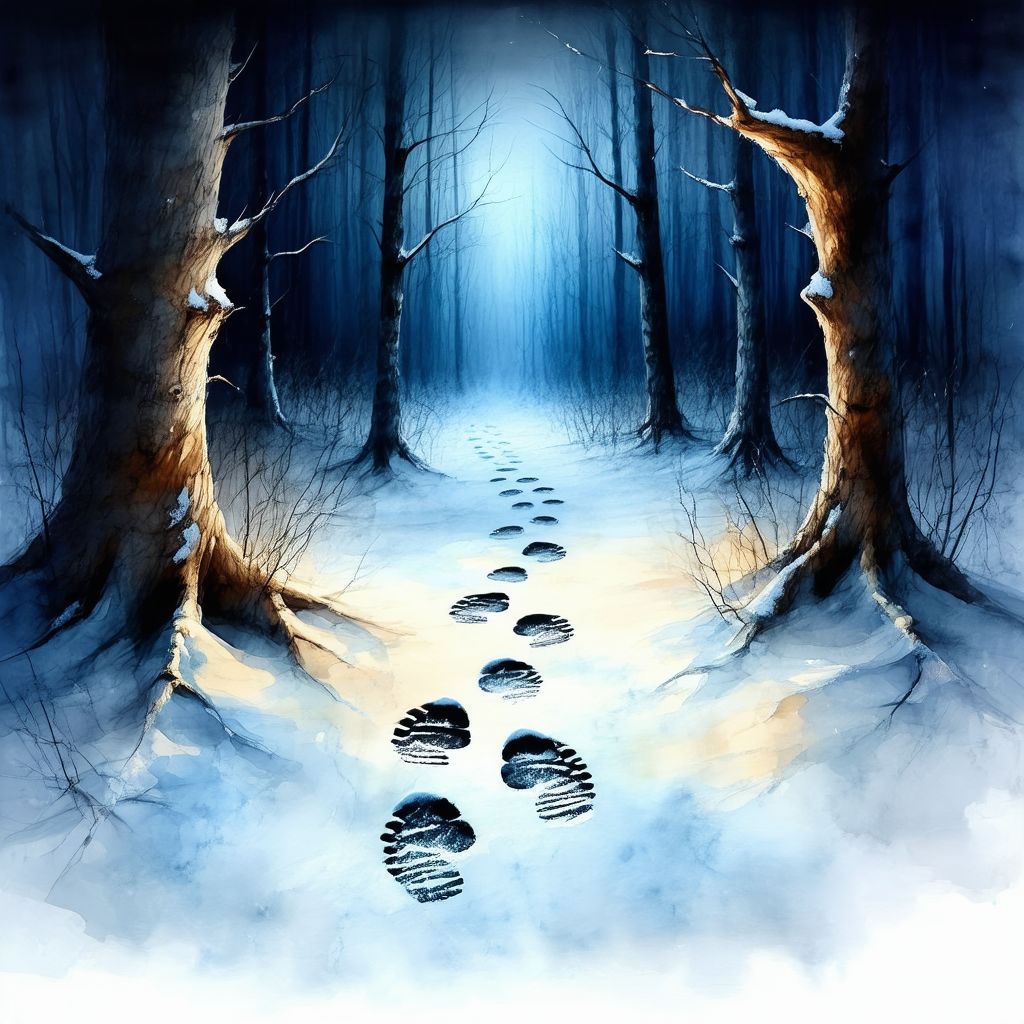In the shadowed forests and icy reaches of North America’s Great Lakes and northern regions, a chilling legend persists—the Wendigo. Known for its insatiable hunger and terrifying appearance, the Wendigo has fascinated, horrified, and warned people for generations. Rooted deeply in the beliefs of Algonquian-speaking Indigenous tribes, the Wendigo is a figure that embodies the fear of unchecked greed, isolation, and the loss of humanity. Let’s explore the history, cultural significance, and symbolic power of the Wendigo, drawing from traditional stories and interpretations that keep this figure alive in modern imagination.
The Origins of the Wendigo in Indigenous Folklore
The Wendigo legend originates from Indigenous tribes of the northern United States and Canada, including the Cree, Ojibwa, and Saulteaux. In these cultures, the Wendigo (sometimes spelled Windigo, Witiko, or Weetigo) is not just a creature but a powerful, malevolent spirit. According to Dr. Basil Johnston, an Ojibwa scholar and storyteller, the Wendigo is a being that results from the darker aspects of the human soul. Johnston describes the Wendigo as a spirit that possesses people who succumb to greed and cannibalism, embodying a horrific transformation of humanity into monstrousness (Johnston, Ojibwa Myths and Stories, 1976).
Physically, the Wendigo is often depicted as a towering, emaciated figure with gaunt, skeletal features. Its skin may be ashy or decayed, sometimes described as stretched tightly over bone. With piercing, hollow eyes and a mouth filled with sharp, gnashing teeth, the Wendigo is an unmistakably terrifying figure that seems half-dead and wholly consumed by hunger.
Symbolism of the Wendigo: Greed, Isolation, and Loss of Humanity
The Wendigo legend contains layered symbolism, primarily acting as a moral cautionary tale about the dangers of unchecked greed, isolation, and the transformation that occurs when one betrays their humanity.
The Wendigo as a Symbol of Greed: The Wendigo embodies the perils of unrestrained consumption and greed. In Indigenous communities, where survival depends on balance and sharing, greed is a severe threat. The Wendigo, forever ravenous and never satiated, represents the destructive force of selfishness. This legend warns against excessive desire and greed, suggesting that those who consume others metaphorically or literally will lose their humanity in the process.
Isolation and Psychological Transformation: Many Wendigo tales involve a transformation that occurs in conditions of isolation, often in the depths of winter when resources are scarce. The isolated person experiences extreme hunger, both physical and psychological, which, if unchecked, turns them into a Wendigo. In this way, the Wendigo represents the breakdown of social bonds and the psychological effects of solitude—a creature shaped by the dark depths of desperation.
Loss of Humanity: One of the most profound elements of the Wendigo myth is the idea of losing one’s humanity. Unlike other monsters that exist outside of human experience, the Wendigo begins as human but transforms due to immoral acts like greed or cannibalism. The legend serves as a stark reminder that anyone can become monstrous if they allow their base desires to overtake their humanity. The transformation of a human into a Wendigo is symbolic of this degradation, a horrifying warning about the loss of identity and moral compass.
Historical Context and Psychological Interpretation
The Wendigo legend is tied to historical events in the harsh northern regions, where famine was a real threat and cannibalism was sometimes the only means of survival. During particularly brutal winters, tribes and settlers alike faced the unimaginable, and tales of the Wendigo circulated as cautionary warnings to prevent such desperate acts.
Some researchers, such as Canadian psychologist Dr. Patricia Taylor, suggest that the Wendigo may reflect the psychological impact of starvation and isolation on individuals. In extreme cases, individuals affected by starvation have been reported to experience ‘Wendigo psychosis’—a condition in which they develop an irrational fear of becoming cannibalistic or believe that they are transforming into a Wendigo (Taylor, Journal of Indigenous Psychology, 1992). This concept of Wendigo psychosis aligns with the psychological effects of severe hunger, isolation, and the intense moral conflicts faced in extreme situations.
The Wendigo in Popular Culture
In recent years, the Wendigo has gained a significant foothold in popular culture, appearing in books, television shows, movies, and video games. From Supernatural to Until Dawn, the creature is typically portrayed as a supernatural predator lurking in the wilderness. However, these portrayals often omit the rich cultural symbolism embedded in the Wendigo’s origins.
Hollywood often transforms the Wendigo into a straightforward monster, detaching it from its original role as a moral symbol in Indigenous culture. Despite this, renewed interest in folklore has encouraged more authentic retellings of the Wendigo legend. Writers and storytellers today emphasize the creature’s cautionary tale about the dangers of greed, exploitation, and the loss of community—a message that resonates strongly in modern society.
Final Thoughts: The Enduring Legacy of the Wendigo
The Wendigo remains an enduring legend because it speaks to universal fears and moral truths. It is a creature born of desperation, greed, and isolation—a reminder of the fragility of humanity when faced with extreme conditions. Through the Wendigo, we are reminded that our humanity must be nurtured, that greed is destructive, and that isolation can lead to a loss of self. The Wendigo warns us that monsters are not always external; they can be born from within, transforming us when we stray too far from community, empathy, and morality.
Sources:
- Johnston, B. Ojibwa Myths and Stories. 1976.
- Taylor, P. Journal of Indigenous Psychology, 1992.
- Brightman, R. The Windigo in the Material World. 1988.


